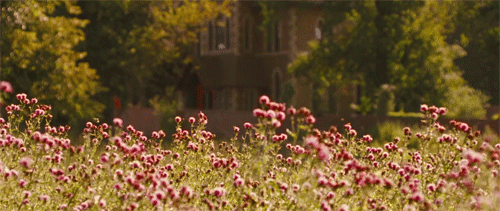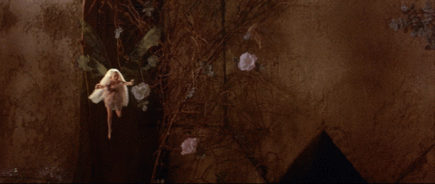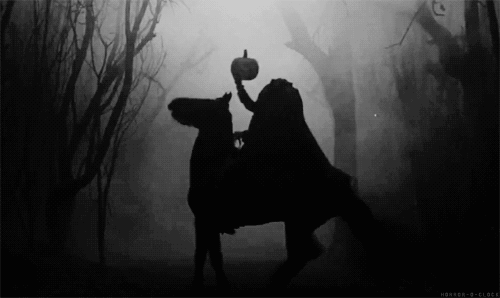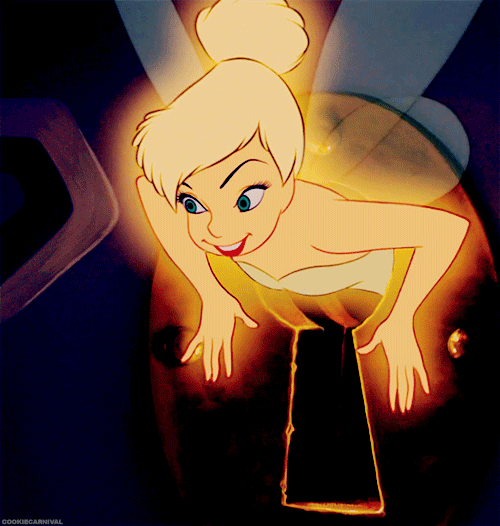Originating in lore from ancient Scottish lowlands, Fey Folk are said to reign from one of two kingdoms, the Seelie Court and the Unseelie Court. And while Seelie and Unseelie are both used to describe the reigning kingdoms, the words are also often used to describe faeries themselves based on their disposition — Seelie faeries known to be “happy, blessed, lucky, fortunate, and good natured, as well as having connotations of bringing good luck,” while Unseelie faeries are more, “dangerous, unlucky, unfavorable, unhappy, unholy, and ungodly.” As such, their kingdoms fall under the same ideals, the Seelie Court being the court of light, and the Unseelie court being that of darkness.
It’s about far more than “good” vs “evil,” or “light” vs “dark,” though. In some places, the worlds mix. In others, there are strict lines between the two.

Seelie Court
Known particularly for their acts of selfless kindness and generosity, it’s no wonder this court is known as the “Court of Inner-Light,” “The Summer Court,” “The Shining Throne,” or “The Golden Ones.”
Just because they come from the Seelie court, though, not all of these faeries are “good” or “pure” as we humans might expect them to be. While more gracious than their Unseelie cousins, many Seelie faeries are prone to playing pranks on humans and other creatures without concern about the aftereffects. They’re also known to eagerly seek revenge on anyone who wrongs them, though for the most part they’ll at least give you some forewarning of the impending attack.

Living Liminally comments on this specifically, stating:
Despite its reputation as generally kindly the Seelie court was known to readily revenge any wrongs or slights against themselves, and even a faerie who would be considered Seelie, such as a Brownie, could be dangerous when offended or harmed. The Seelie court is not known to harm people without reason though and generally will warn people at least once before retaliating against offenses (Briggs, 1976).
How are you supposed to see if there’s a small faerie battalion building up to fight against you, though? One way would be by getting your hands on a Hag/Witch/Adder Stone, of which I’ve talked about in previous Witchy Wednesday installments.
Especially as Christmastime rolls around and you find yourself wanting to head out into the mountains for a tree, maybe take a stone with you to check for faerie families between the needles before accidentally chopping down and tying them to the roof of your car. I can’t imagine many other negative interactions that might make a faerie hungry for revenge than having their home turned into a holiday decoration — though I do wonder if they’d at least appreciate the warmth of being inside?
Unseelie Court
As previously mentioned, the Unseelie Court consists of the opposites of the Seelie Court — the “baddies” of the fey world, if you will. To quote Living Liminally again: “The Unseelie court is described as always unfavorable to humans and is closely linked to the Sluagh sidhe, the malicious Host who torment people and cause illness and death where they visit (Briggs, 1976).”
Some of the more well-known Unseelie Court members include Dullahan, or the notorious Headless Horseman, and Boggarts, which is a name familiar to anyone a fan of Harry Potter — but they’re far from the closet creatures that take on a viewer’s worst fears.

Fae Folk: The World of the Fae describes them as such:
…a boggart is the Unseelie version of a brownie. Some tales even go to say that a boggart is the result of an abused brownie, a brownie angry enough at mortals to morph into the destructive Seelie household faerie. If cursed with a boggart in the household, chances are that the family will remain cursed until the boggart tires of them or dies (good luck with it dying, though…faeries tend to outlive mortals for centuries on end). Some boggarts are also known to live under bridges. It is customary to greet these boggarts, otherwise who knows what bad luck might visit the person who passes by and doesn’t say hello.
Of course, a brownie isn’t referring to the pastry, but instead a faerie from the Seelie Court, who is essentially a household spirit that performs chores and other tasks around a person’s home… “They are also small, little men, and they work only at night, just after the humans have gone to bed — they are mortal-shy and do not like being seen by humans. As proper courtesy, humans usually leave out milk or honey as gifts.”
Should you be interested in inviting these little creatures into your home for exactly this purpose, there are a lots of ways to do so — including offering gifts, but most importantly, by ensuring they’re even able to enter your home at all.
Because faeries are sensitive to and repelled by iron, it’s important to make sure there’s nothing near the entrance of your home, or even unexpected iron relics hiding out under your yard, so that they’re not accidentally scared away when you really need the house tidied up for an upcoming dinner party.

Of course there are more than just these two courts of the faeries — there are also domesticated faeries that thrive in households, solitary faeries that belong to neither court specifically, and plenty more. But for the most part, any faerie encountered in the wild is likely to be either Seelie or Unseelie — though remember, only one is going to let you pass without harm.
Kelsey graduated from Boise State University with a BA in Visual Arts, and is currently working as a freelance writer, while doodling anime on the side with one hand and petting cats with the other.

Who knew not all were helpful Tinkerbells? Didn’t know there was such a hierarchy. Very informative and fun post!